Heat Transfer - Conduction and Convection | GCSE Physics | Doodle Science
Video
Science
+1
Science
7th Grade - 10th Grade
Premium

D
DoodleScience
Science Resource Description
Thanks for Watching! Like and Subscribe if you enjoyed and learnt something! This is the new Channel just for Doodle Science!
Script:
Conduction is the transfer of heat between substances that are in direct contact with each other and it mainly happens in solids. The heat is conducted from atom to atom using the kinetic energy of the particles, in other words by vibrating. The better the conductor, the more rapidly heat will transfer. Have you ever noticed that metal benches tend to feel colder than a wooden ones? Believe it or not, they are not colder! They only feel colder because they conduct heat away from your bottom better than wood and you perceive the heat that is leaving your bum as cold. Metals are particularly good at conducting heat because of their free electrons that move about the structure colliding with the positive ions and transferring the kinetic energy to them. Convection happens in gases and liquids. As a gas or a liquid is heated, it warms, expands, and rises because it is less dense. When the gas or liquid cools, it becomes denser and falls. As the gas or liquid warms and rises, or cools and falls, it creates a convection current, which is what transfers the heat from one place to another. For example when you turn on your radiator, despite the name the room is heated by convection, as the air is heated above the radiator, it expands, rises and the cooler, denser air sinks causing a convection current around the room.
Explore other content in this scheme
Part of a lesson by Teach with Fergy
Other resources in this lesson

Heat Transfer - Radiation | GCSE Physics | Doodle Science
Resource
Science
+1
7th Grade - 10th Grade

Heat Transfer Song (Hot to Cold) | Mister C (Song #21)
Resource
Science
+1
7th Grade - 10th Grade

Thermal Energy, Temperature, and Heat - Exit Ticket
Resource
Science
+1
7th Grade - 10th Grade
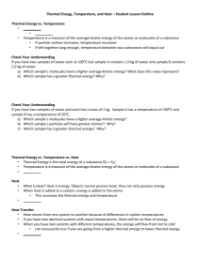
Thermal Energy, Temperature and Heat - Student Lesson Outline
Resource
Science
+1
7th Grade - 10th Grade
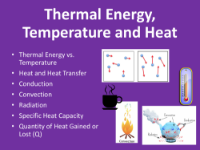
Thermal Energy, Temperature and Heat - Student Presentation
Resource
Science
+1
7th Grade - 10th Grade
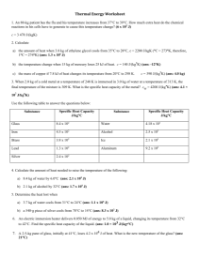
Thermal Energy, Temperature and Heat - Thermal Energy Worksheet
Resource
Science
+1
7th Grade - 10th Grade
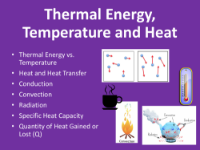
Thermal Energy, Temperature and Heat - Teaching Presentation
Resource
Science
+1
7th Grade - 10th Grade
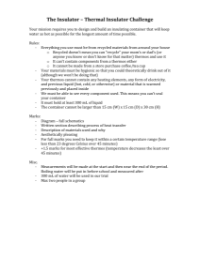
The Insulator - Thermal Insulator Challenge
Resource
Science
+1
6th Grade - 8th Grade
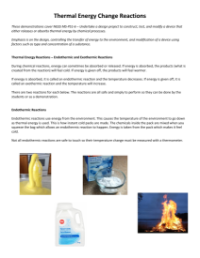
Thermal Energy Change Reactions Experiments
Resource
Science
+1
5th Grade - 7th Grade
